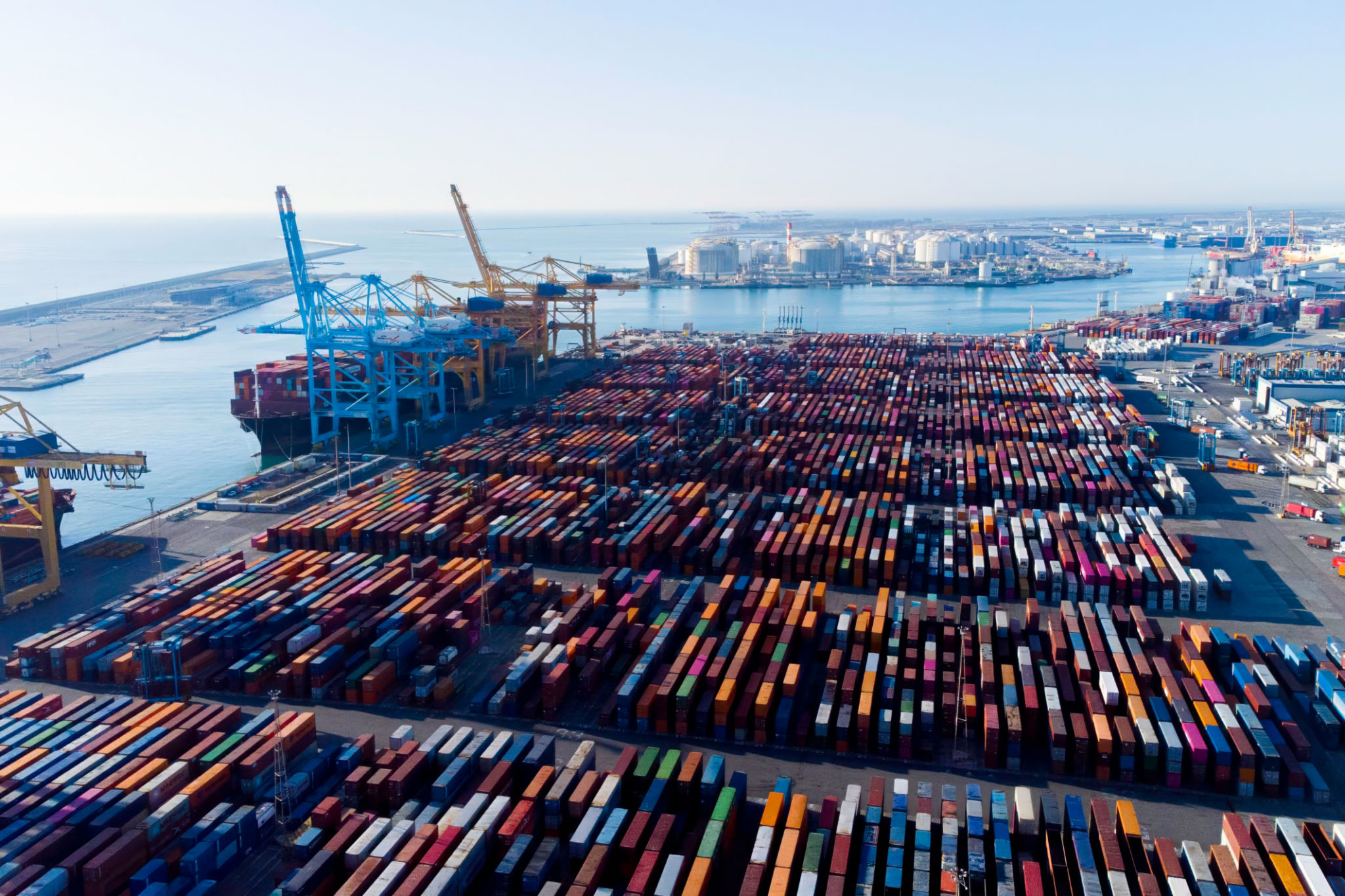Exploring the Future: The Role of Smart Machine Optimization in Heavy Industries
JM
Understanding Smart Machine Optimization
In recent years, the potential of smart machine optimization has increasingly captured the attention of those involved in heavy industries. These sectors, known for their reliance on large-scale machinery and complex operations, are primed for transformation through advanced technologies. Smart machine optimization refers to the use of data-driven insights and artificial intelligence (AI) to enhance the performance and efficiency of machinery.
By integrating smart technologies, heavy industries can achieve unprecedented levels of productivity and sustainability. The optimization process involves analyzing vast amounts of data collected from machines, which is then used to make informed decisions that drive efficiency and reduce downtime.

The Impact on Operational Efficiency
One of the most significant advantages of smart machine optimization is its ability to improve operational efficiency. Heavy industries often face challenges related to machine maintenance, energy consumption, and resource management. By deploying AI-driven solutions, companies can predict when a machine is likely to fail and schedule maintenance proactively, thus minimizing unexpected breakdowns.
Additionally, smart optimization allows for real-time monitoring of machine performance, enabling operators to make immediate adjustments to improve output. This level of oversight ensures that resources are used more effectively, leading to cost savings and increased profitability.

Enhancing Safety Standards
Safety is a paramount concern in heavy industries, where the risk of accidents can be high. Smart machine optimization contributes significantly to enhancing safety standards by providing predictive maintenance alerts and ensuring machines operate within safe parameters. This proactive approach helps prevent accidents before they occur.
Moreover, AI-powered systems can monitor working conditions and provide alerts if any potential hazards are detected. This capability not only protects workers but also minimizes the risk of costly shutdowns due to safety violations.

Environmental Benefits
The integration of smart machine optimization also aligns with increasing environmental regulations and sustainability goals. By optimizing machinery operations, industries can significantly reduce their carbon footprint. Efficient machines consume less energy and produce fewer emissions, contributing to a greener operation.
Furthermore, smart technologies facilitate better resource management by tracking usage patterns and optimizing material consumption. This leads to less waste and a more sustainable approach to production.
The Future of Smart Machines in Heavy Industries
The future looks promising as more heavy industries adopt smart machine optimization. The continuous advancements in AI and machine learning promise even greater efficiencies and innovations. The integration of these technologies is expected to revolutionize traditional operational models, making industries more competitive in a rapidly changing market.
As these technologies evolve, companies that embrace smart machine optimization will likely lead the way in terms of productivity, safety, and environmental stewardship. The challenge lies in staying ahead of technological developments and ensuring that workforce skills evolve alongside these innovations.

Conclusion
The role of smart machine optimization in heavy industries cannot be overstated. Its ability to transform operations through enhanced efficiency, safety, and sustainability marks a new era for these sectors. As more industries recognize the benefits of these technologies, the landscape will continue to evolve, paving the way for a more efficient and environmentally friendly future.
In conclusion, embracing smart machine optimization is not just about keeping up with technological trends but about setting new standards in industrial operations. The journey toward fully optimized industrial processes is just beginning, and those who invest in it now stand to gain substantial rewards in the future.
